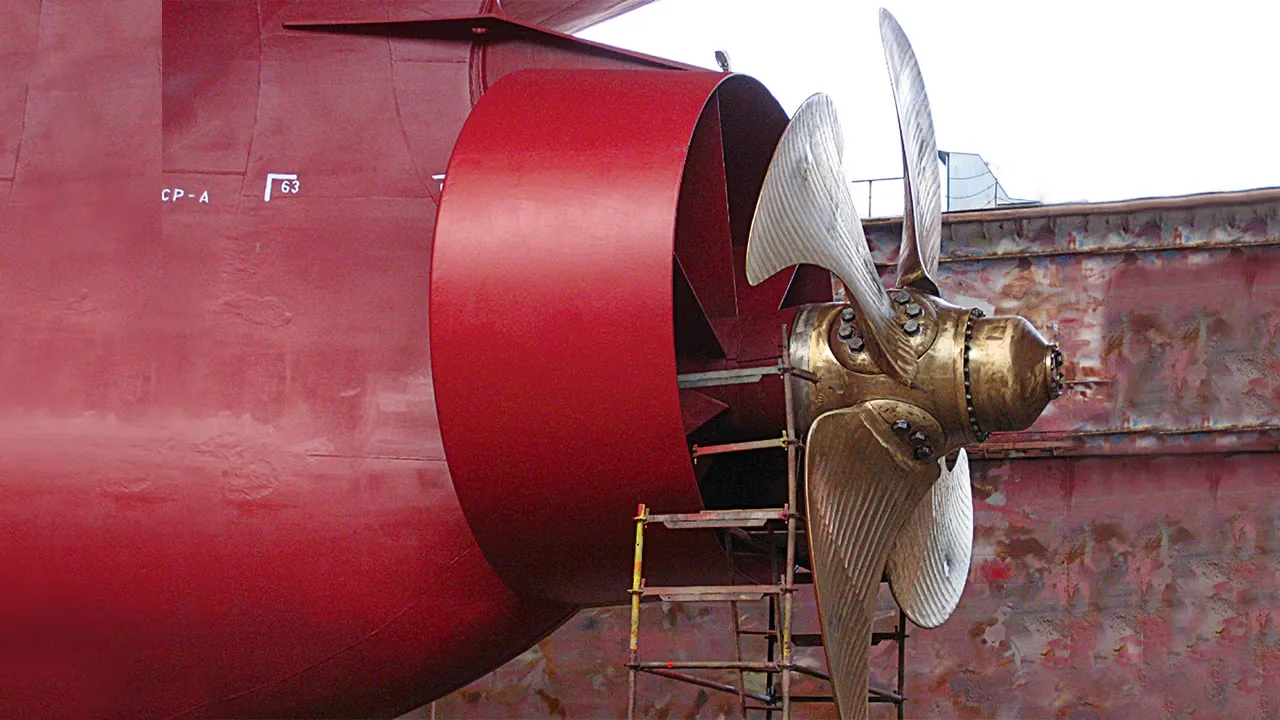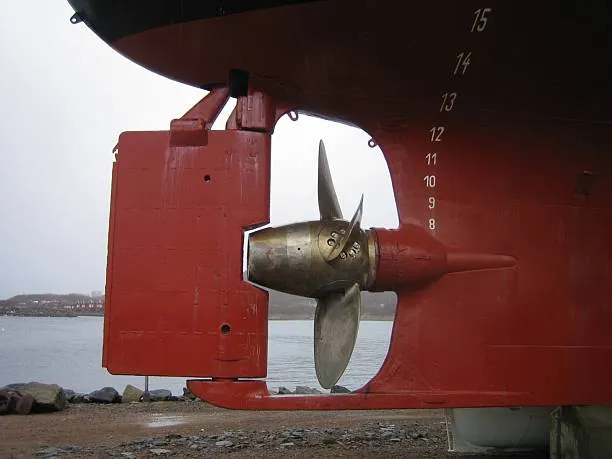Excessive propeller drag can hinder ship speed and fuel efficiency. Factors such as marine fouling, cavitation, blade design, propeller-hull mismatch, and shaft misalignment contribute to increased resistance. Effective measures to reduce drag include regular cleaning, optimized blade design, cavitation prevention, better propeller-hull integration, and stable shaft maintenance. By applying these techniques, ship operators can enhance propulsion efficiency, reduce fuel consumption, and improve overall vessel performance.
Key Factors Affecting Propeller Drag
When a propeller rotates in water, various forms of resistance can affect its efficiency. The main contributors to drag include:
- Surface Roughness: Marine growth such as barnacles, algae, and other organisms can accumulate on the propeller blades, increasing resistance and reducing efficiency.
- Cavitation: When the propeller rotates at high speed, pressure differences can cause vapor bubbles to form and collapse, damaging the blade surface and reducing thrust.
- Blade Design and Shape: Improper blade angles or imbalanced designs can create additional drag and lower energy conversion efficiency.
- Propeller-Hull Interaction: A mismatch between the propeller and hull design can lead to inefficient thrust generation and increased water resistance.
- Shaft System Vibrations: If the propeller experiences excessive vibrations or misalignment, it can cause fluctuations in thrust and increase hydrodynamic resistance.

Optimization Strategies to Reduce Propeller Drag
Maintain a Clean Propeller Surface
- Regularly clean the propeller to remove marine biofouling, such as barnacles and slime, to maintain a smooth blade surface.
- Apply anti – fouling coatings, such as low – friction marine coatings, to reduce bioaccumulation and drag.
- Periodically polish and buff the propeller blades to minimize surface roughness.
Optimize Propeller Design for Better Hydrodynamic Performance
- Select the right propeller size and pitch angle to ensure it matches the vessel’s operational profile.
- Use high – efficiency propeller designs, such as twisted propellers or hydrodynamically optimized blade shapes, to reduce turbulence and flow separation.
- Consider the use of controllable – pitch propellers (CPP) vs. fixed – pitch propellers (FPP) depending on operational requirements to maximize efficiency.
Reduce Cavitation and Improve Propulsion Stability
- Maintain an optimal propeller rotation speed to prevent excessive cavitation.
- Utilize cavitation-resistant materials or special coatings to protect the propeller surface.
- Enhance blade edge designs to reduce pressure fluctuations and prevent excessive bubble formation.
Improve Propeller-Hull Interaction
- Optimize propeller installation and positioning to make the best use of hull flow dynamics and reduce wake turbulence.
- Use propulsion nozzles or energy-saving devices, such as wake-equalizing ducts, to improve water flow efficiency.
- Conduct computational fluid dynamics (CFD) simulations or towing tank tests to ensure optimal propeller-hull interaction and minimize unnecessary drag.
Maintain a Stable Shafting System
- Regularly inspect shaft alignment and bearing conditions to ensure smooth and stable rotation.
- Perform vibration analysis to detect and resolve excessive oscillations that may lead to increased resistance.
- Use high-precision couplings to minimize energy losses and maintain propulsion efficiency.

Recommended Maintenance and Inspection Procedures
To keep the propeller operating at peak efficiency, follow these maintenance guidelines:
- Quarterly underwater inspections to check for fouling, damage, or cavitation effects.
- Annual full inspections to assess blade condition and perform necessary repairs or rebalancing.
- Docking maintenance checks to carry out polishing, realignment, and performance evaluations.
- Fuel efficiency monitoring, as a sudden increase in fuel consumption may indicate propeller-related issues.

Conclusion
Reducing propeller drag is essential for improving ship speed and fuel efficiency. By implementing regular cleaning, optimizing propeller design, minimizing cavitation, improving propeller-hull interaction, and maintaining a stable shafting system, vessel operators can significantly enhance propulsion performance. Proper maintenance and optimization not only lower operational costs but also contribute to a more reliable and fuel-efficient maritime operation.


